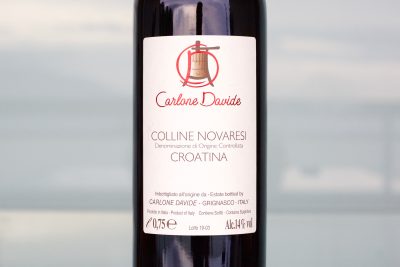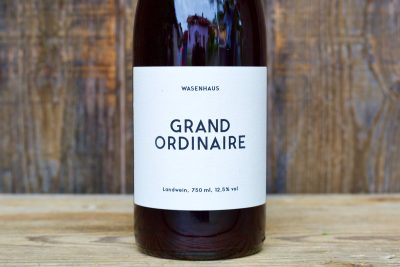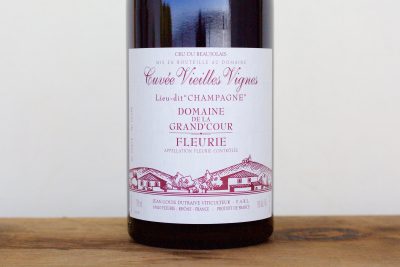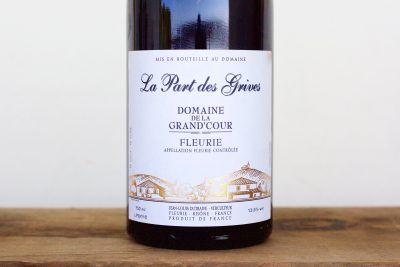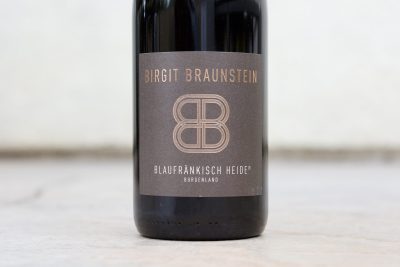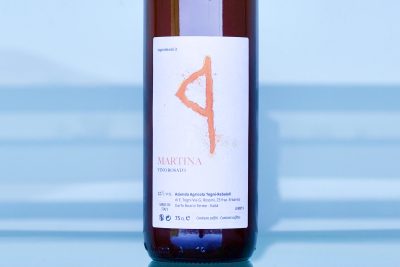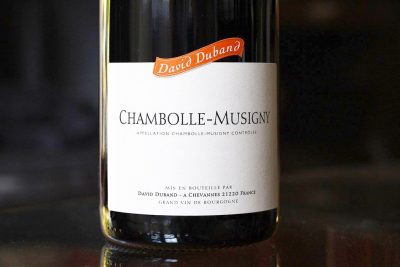Mateus Nicolau de Almeida
Photography and writing by Ted Vance.
“When I was eighteen, the only thing that I wanted was to see the world. I had no special thoughts about winemaking, but wine runs in the blood.” -Mateus Nicolau de Almeida

The Douro wines of Mateus Nicolau de Almeida in Vila Nova de Foz Côa are crafted underground in a schist cave, an environment in near complete opposition to the work experiences and family histories of its makers, Mateus and Teresa, as both come from extremely scientific and technical backgrounds. Their stated objective is, “To be transparent, and to transmit the elementary concepts of Douro, even if you are drinking them on Venice Beach!”
Organically farmed and certified, their wines are defined through a combination of vineyards in the different sub-regiões (subregions) of Douro and a multitude of indigenous grape varieties. The Trans Douro Express are three “climate” reds from roughly ten different vineyards that demonstrate the three sub-regiões of Douro: in the west, the coldest and wettest, Baixo Corgo; in the middle Cima Corgo, and in the east to the border of Spain, the driest and warmest, Douro Superior. Each of these wines illustrate their differences in climate, which of course, determines grapes suitable for each area, which are not the same. Eremitas are three white wines from the Douro Superior and express three different schist-based terroirs. Made in particular years, the Curral Teles, their “human wines,” are their most experimental, tinkered with in the cellar (including one wine aged inside a granite block!) to discover new gateways to different expressions and nuances—very Portuguese, at least from a two-thousand-year view into the past with this country of historic exploration and discovery. There are also two stellar (but in very low supply), traditionally crafted Port wines, Lágrima (white Port) and Ruby Seco. There are more specific details of each wine toward the bottom of the profile.
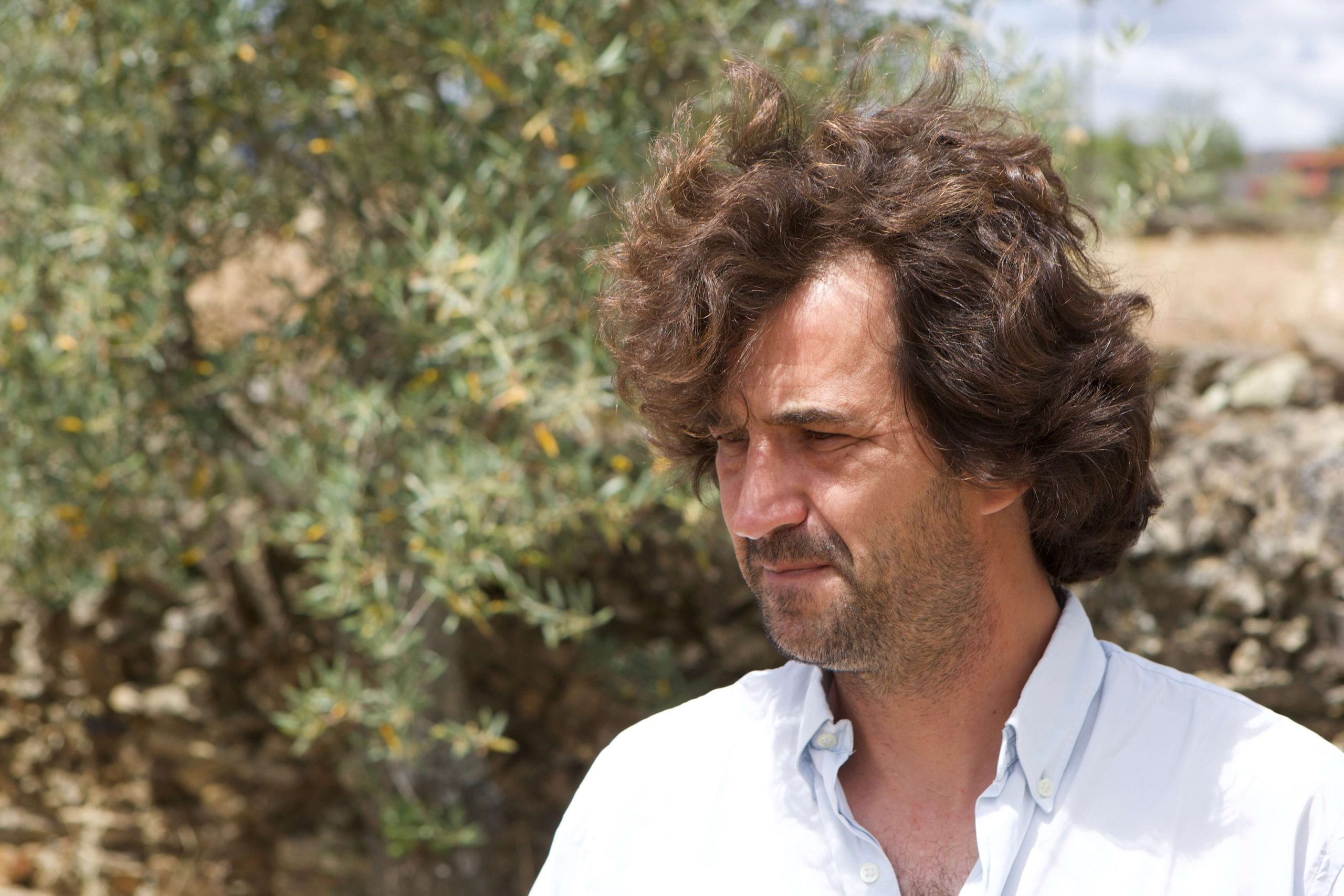
The Saint (Teresa) and the Caveman, a guy with a crown of thick, windblown, Van Gogh-esque brushed locks, are fabulous cooks and irrepressibly hospitable. They raise their own crops and animals, and a small building on their property is dedicated to the making of their character-filled and full-flavored vinegars. They also produce distillates with juniper and make olive oil; their projects are a constant, including those with artist Pedro Jervell (the producer of their granite rock tank), as well as with wine transporters who use old sailboats. They do music events, wine events (Mateus helped to conceptualize Simplesmente Vinho in Porto, the most important event for small and environmentally conscious winegrowers), parties (legendary by reputation), and began to work with archeologists from the Côa Valley after Teresa found important paleolithic rock engravings. Mateus even has his own tiny wine importing company focused on European producers with their same agricultural ideals in organic, biodynamic, and natural wine concepts. What else? They’re also fluent in Spanish, French, Portuguese, and English! With all this time spent doing so many things, when they’re asked who does what in the winery, they respond, “We’re still trying to figure that out…”
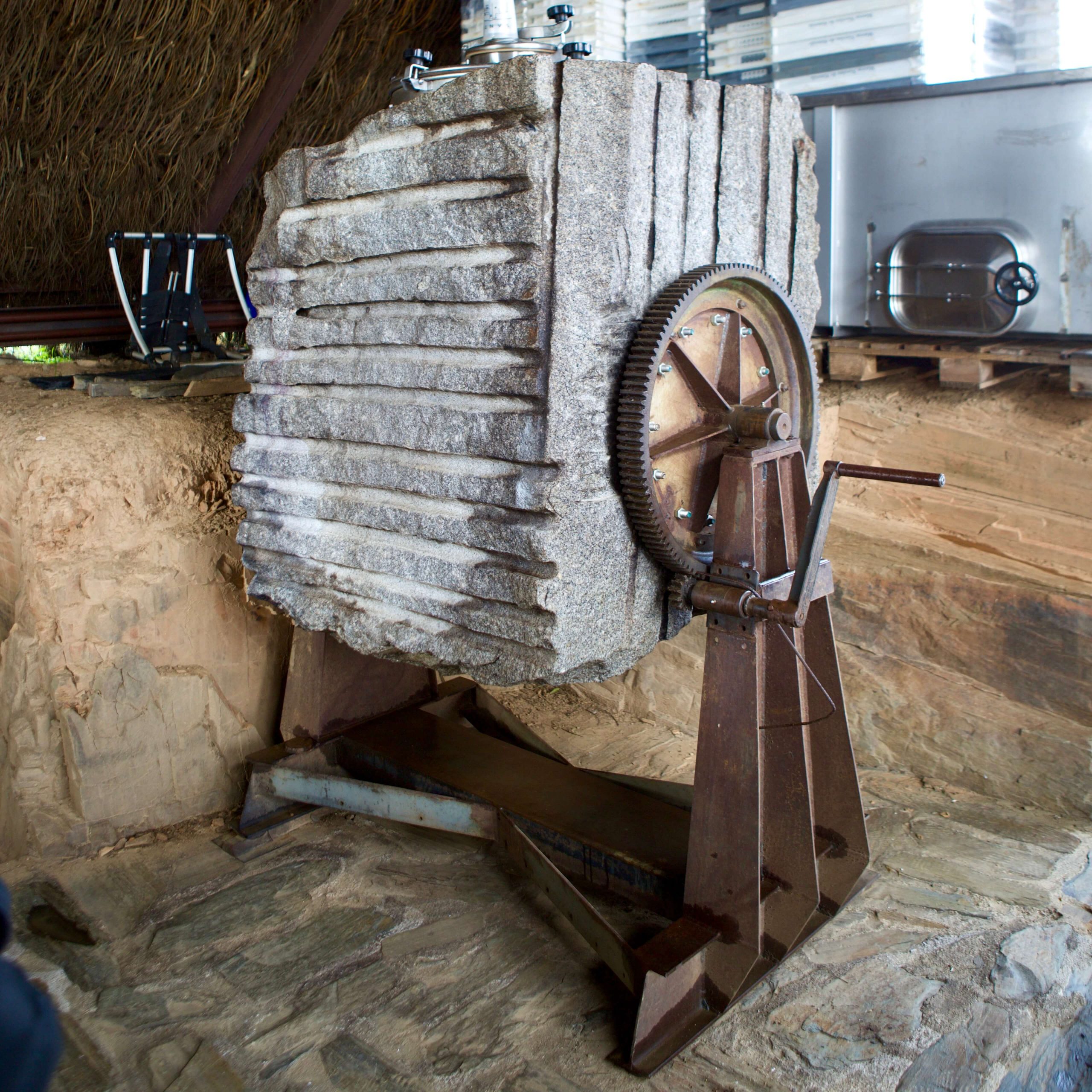

Mateus Nicolau de Almeida made and bottled his first wine in 1988, at only ten years old. He’s the son of one of Portugal’s most celebrated winegrowers, João Nicolau de Almeida, and the grandson of Fernando Nicolau de Almeida, the founder of Portugal’s most mythical and immortal (and most expensive) wine in 1952, Casa Ferreirinha Barca Velha. By blood, they’re all connected to the legendary Ramos Pinto port house started in 1880 by the then twenty-one-year-old artist, Adriano Ramos Pinto, known today for its historic port wines, but even more for their iconic, art deco label illustrated in 1925 by French artist, René Vincent. Coming to understand Mateus’ family heritage of wine, art, and creative and progressive minds, makes it easier to imagine what his first wine crafted at such a young age would have been like.
Mateus’s curiosity for the world and wine led him to experiences in California, Argentina, Chile, and Spain, but most of them abroad were in France, including seasons at Caves de Saint Mont, Château Grillet, and numerous châteaux (Reynon, Doysy Daëne, Clos Floridène) co-managed by University of Bordeaux enology professor, the late Denis Dubourdieu, whose influence on Mateus was enormous. But his most important interaction in Bordeaux was in 1996 at a Third Growth Margaux estate, Château Cantenac Brown, where he met Teresa Ameztoy, who would become his partner in life, the mother to his children, and the holder of the string that keeps the kite that is Mateus from flying away. Mateus’ wine experiences also include involvement in their familial project, Quinta do Monte Xisto, and in 2003, he created the winery, Muxagat, then left it to his partners in 2014 to develop his own project.
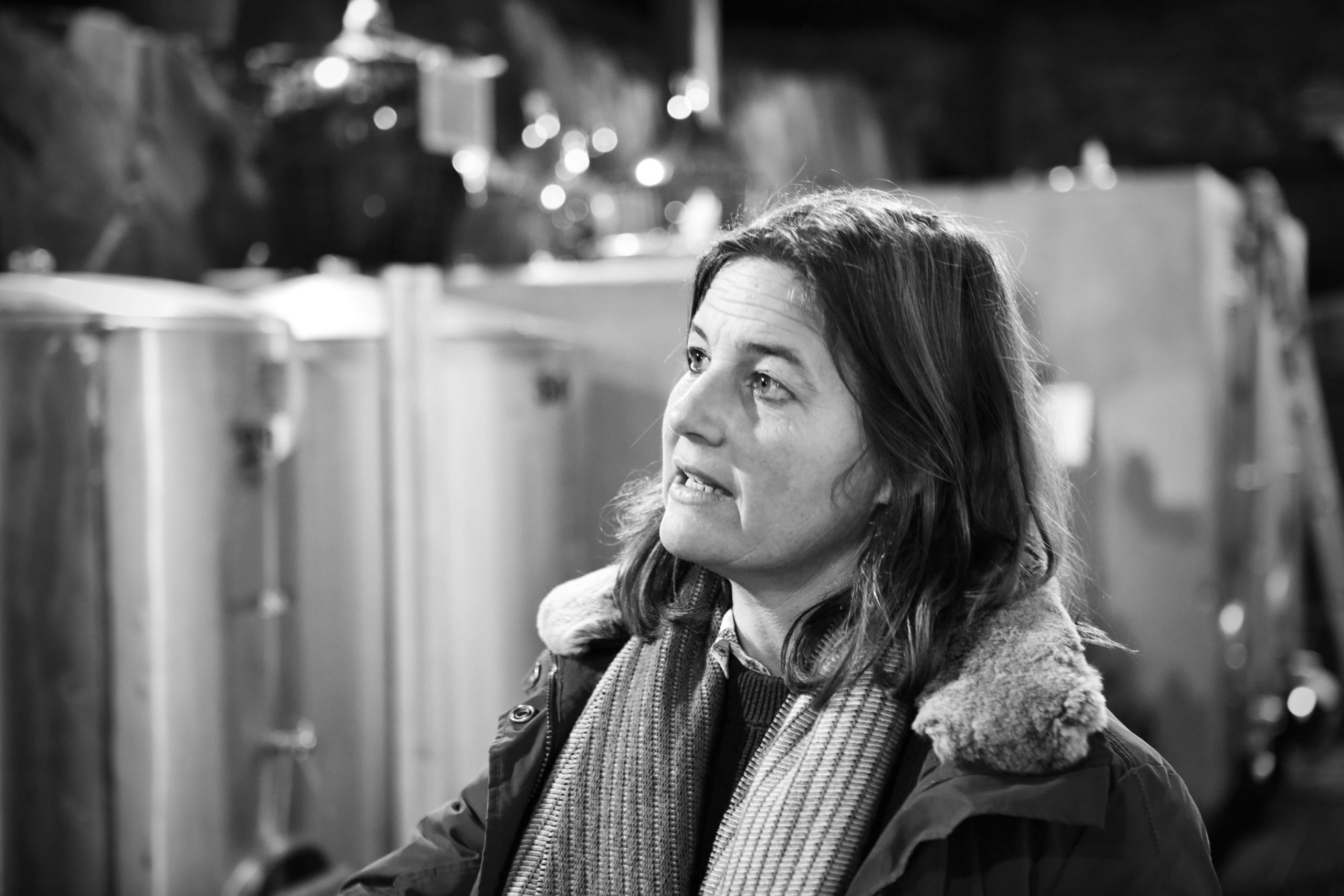
A San Sebastián native raised in Rioja, Teresa’s father worked for the famous bodega, La Rioja Alta S.A. and Murua. In 2019, she left her position as the head winemaker for Ramos Pinto (2005-2019) to fully focus her energies with Mateus on their wine project, labeled Mateus Nicolau de Almeida, starting in 2015. Prior to Ramos Pinto, Teresa’s vinous exploits include eight years as a winemaker in Xerez, seasonal stints in Italy, Uruguay, Chile, Argentina, South Africa, Domaine de Trevallon, and the famous biodynamic Alsace estate, Josmeyer. She also earned a BTS Vitio-oeno at Montpelier and Diplome National d’oenologie at Bordeaux University. Teresa cites her early great influences as the late Eloi Dürbach (Trevallon), Telmo Rodriguez, João Nicolau de Almeida, and her father, but, she says, “Now Mateus is my biggest influencer.”

If one took all the extremes of Germany’s Mosel Valley, France’s Northern Rhône, Austria’s Wachau, and Spain’s Ribeira Sacra and stirred them together you would have Portugal’s Douro River Valley. The extremity of the series of river valleys that stream into the Douro and the bridges towering above them is truly breathtaking, unlike anything else in the wine world. With vineyard altitudes that go from about 80 meters to around 800m very quickly, with land that seems strapped down by vine rows so they don’t fall over into the rivers far below, it’s a glorious view for the non-squeamish car passenger. It’s also an intense, stressful, and envy-filled drive for the one behind the wheel who must keep their eyes on the winding roads at all times.
Douro’s vinous history dates to the Romans, who of course, came for metals, mostly gold. Douro means golden in Portuguese, but Teresa pointed out that linguistics theorists believe the name for the Douro River comes from the pre-Roman sound, DWR, which means running water—similar to other river names, like Dordogne, Adour. Centuries later, the Moors instituted a near-complete Muslim prohibition on alcohol from sometime during the 8th Century until around the late 11th Century. The Reconquista resulted in Christians regaining territory in what was then called Galicia-Leon. The new rulers coincided with the arrival of Cistercian monks who planted new vineyards in 1142 in the Douro at today’s Casa dos Varais, across the Douro from Peso da Régua, less than five kilometers by air (15 minutes by car) from Lamego to the south. These monks were also responsible for Galician wine development just to the north, as well as in Burgundy and many other European wine regions.
Port wine production appeared toward the second half of the 17th Century to stabilize wines through fortification for export, principally with British and Flemish patrons, who at that time were at war with France. Most of the Port wines were produced from vineyards in today’s Baixo Corgo and Cima Corgo, and Douro Superior was exploited for production in the early 1900s. With the arrival of Port wine, the most historic wine of Douro, still wine, became almost non-existent. However, as already mentioned, Casa Ferreirinha’s Barca Velha was developed by Mateus’ grandfather in 1952, and João, Mateus’ father, developed the “Duas Quintas” still wines in the early 1990s for Ramos Pinto. In the late 1990s, the Port house, Niepoort, under the direction of Dirk Niepoort, took a strong position with a series of new and inspiring still wines. In 1986 Portugal joined the EU (then referred to as European Communities), and subsidies began to finance new ventures along with the crazy bridges and a world-class highway system that made it easier to cross into Portugal’s nether regions, which coincided with an explosion of Douro’s still wine production.

Douro’s sub-regiões are better understood through climate, with, generally speaking, Douro Superior (east) with Mediterranean (or Continental) dominance, Cima Corgo (middle) with Mediterranean and some Atlantic influence, and Baixo Corgo (west) with Atlantic and less Mediterranean influence. Teresa and Mateus explain, “the three sub-regiões are well delimited, but their differences are still very unknown to general consumers. Apart from that, it would be very important to acknowledge that inside these three sub-regiões of Douro there are other sub-sub-regiões with different climates and different soils.” This would be an enormous task to formalize, and if the history of politics in wine appellations is any indicator of what would likely transpire, it would be a very long time before any consensus was made among growers.
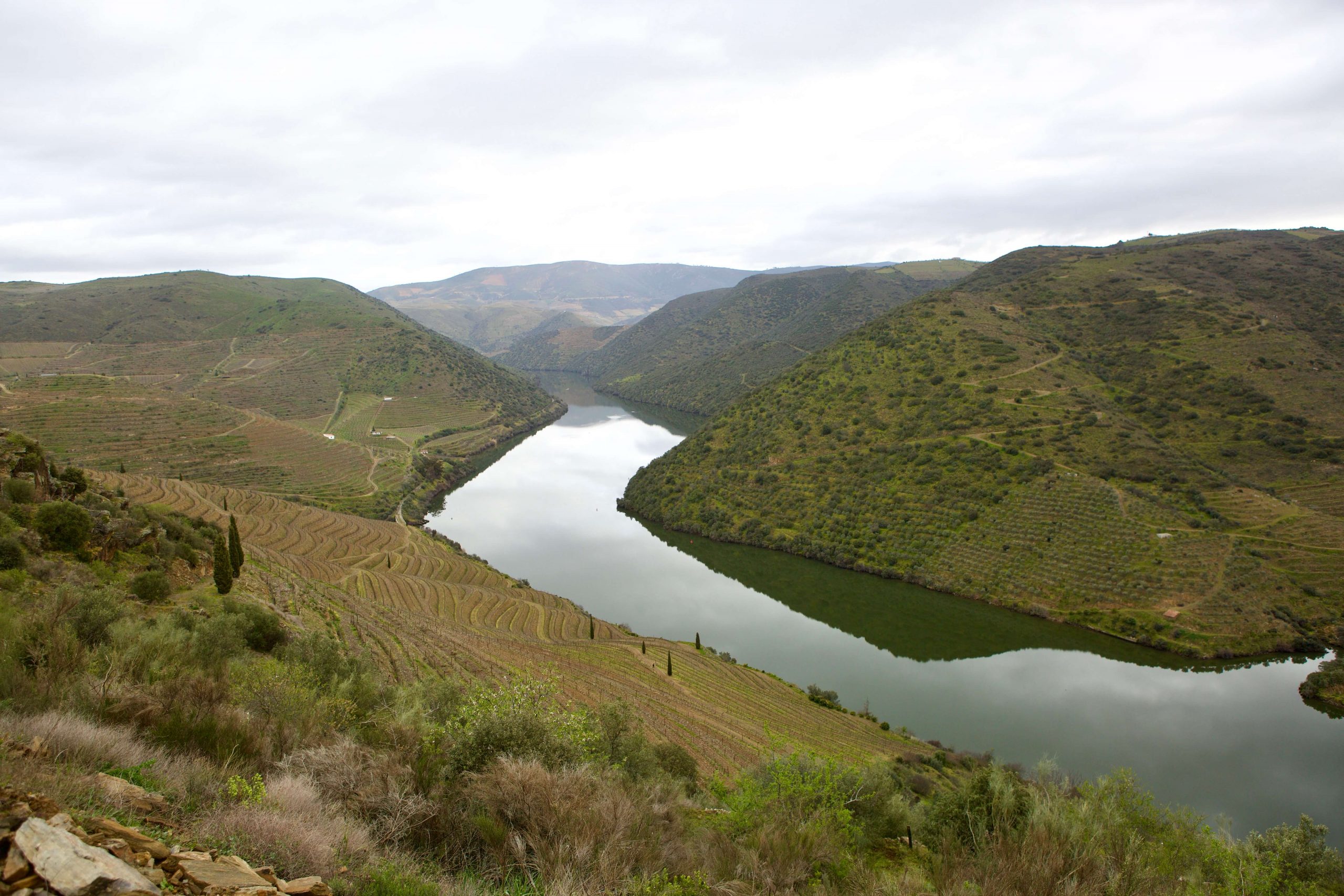
Temperature is very influential inside the sub-regiões. Butted up to the border of Portugal’s Vinho Verde appellation, Baixo Corgo (BC) has the mildest temperatures and the most rainfall—nearing 1000mm per year. Cima Corgo (CC) is much warmer and with an average between the two on precipitation of around 600mm per year, and Douro Superior (DS), separated on its far eastern flank from Spain by the Douro (Duero in Spanish) and Agueda Rivers (a tributary to Douro originating further south that acts as the Portuguese and Spanish border for over 100km), is the hottest and has around a mere 350mm. Mildew pressure and disease are highest in Baixo Corgo and decrease the further east through Cima Corgo and then Douro Superior, which correlates directly with the amount of vineyard treatments each season. BC has more trees, but the highest degree of biodiversity is in DS.
Climate change is influential in Douro but Mateus and Teresa believe it’s less so than other wine regions. Douro has always been extreme, and they think that it is not so much different than in the 1950s, and they have familial historical references to back this up. The difference is that the extremes of summer highs are higher, but they think the overall temperatures are similar. The most affected region is likely Baixo Corgo (the cooler area), which has warmed the most. However, the burgeoning still-wine business has different needs than those of Port wine production. In general, along the river gorges, Port wine grapes originate on the hot, south-facing slopes, while much of the still wine production is facing north and/or at higher altitudes.
Though it’s dependent on each season, normally the bud break starts in Baixo Corgo, then Cima Corgo, and finally Douro Superior. DS is last because the temperatures until February and March are colder, and the spring and fall are the shortest seasons by way of temperature; DS has a lot of winter and summer. Harvest usually begins in DS, then CC, and finally BC. This, in theoretical support of length of season connected to wine complexity, should mean that on some level, Baixo Corgo may have a greater potential of phenolic complexity than the other sub-regiões, in general. However, much of the general population would go for DS and CC because of their richer profiles by comparison. Mateus believes that still wines from BC should be the longest lived, followed by DS, and then CC.
Topographically, Baixo Corgo and Douro Superior are more gentle slopes when compared to the more extremes of Cima Corgo. They all have the commonality of various versions of schist, with the youngest rock formations starting in BC leading to the oldest in DS. Interestingly, the many granite terroirs of Douro are not allowed into Port production.
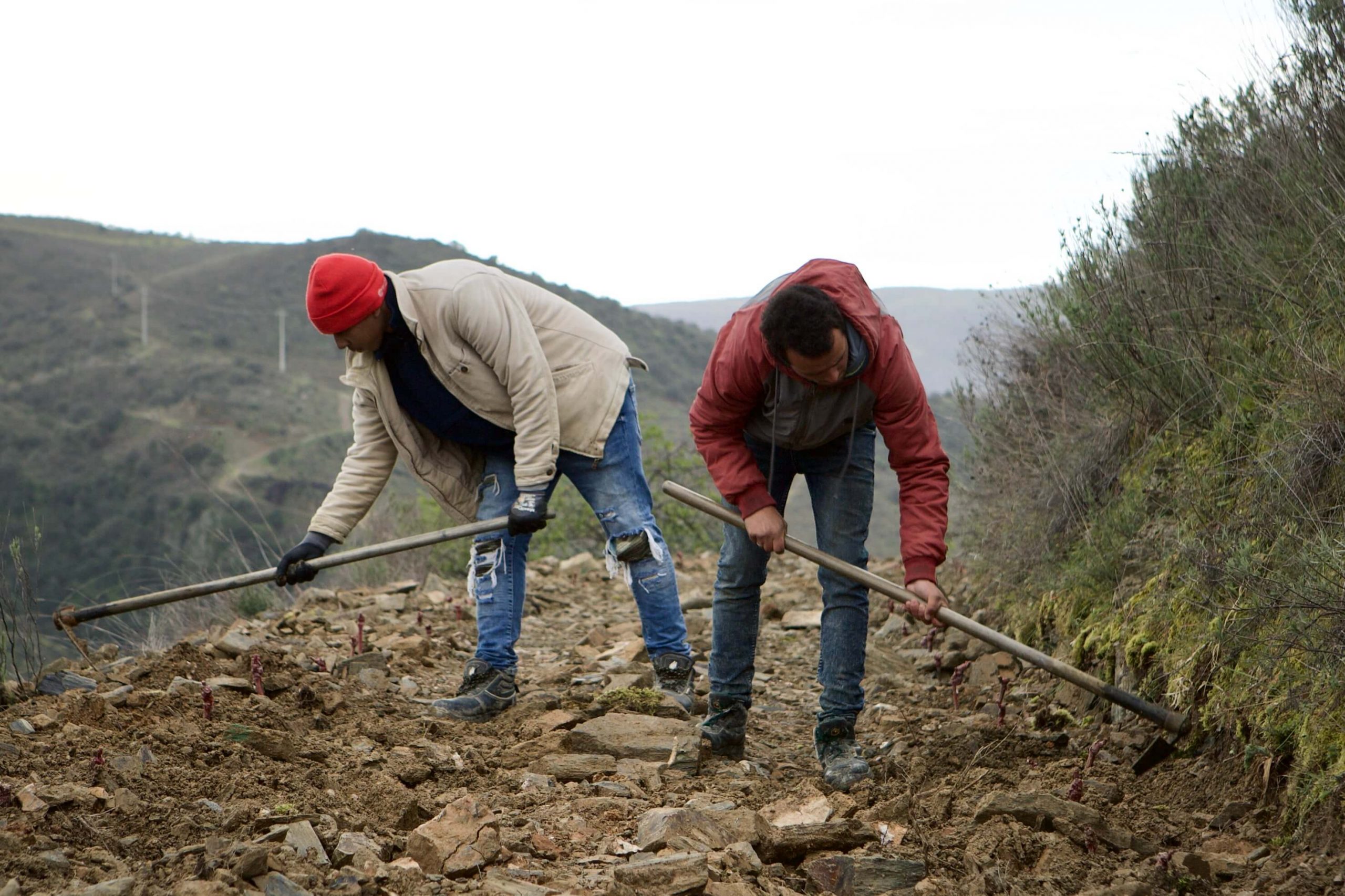

The philosophical approach in the vineyards to respect nature and encourage biodiversity in and around the vineyards. They believe biodiversity is key, not only to wine expression but overall health of their lands. One visit to their properties demonstrates their commitment to these ideals. Regarding tillage, some are done by tractor, some by horse, and others not at all. The timing of picking is done with a combination of taste and chemistry balance, and all of the wines are grape co-fermentations.
They have many vineyard sites within each of the sub-regiões, and each has more favorability toward specific varieties. Though the five most planted in the area are the red, Touriga Nacional, Touriga Francesa, Tinta Barroca, Tinta Cão, and Tinta Roriz, there are over 100 different indigenous varieties in the region. Other notable reds are Tinta Amarela, Malvasia Preta and Tinta Carvalha, which are more present in BC and CC. Whites are fewer, with BC planted more to Malvasia Fina and DS more Rabigato and Codega (Siria). In CC there are fewer white grapes planted than the other sub-regiões. Most of the grapes used for their project are from vineyards they own (4ha in total, all certified organic), and some are from rented vineyards while others are from purchased grapes.
Please refer to our Douro Terroir Map on our website for more extensive grape details and terroir overview.
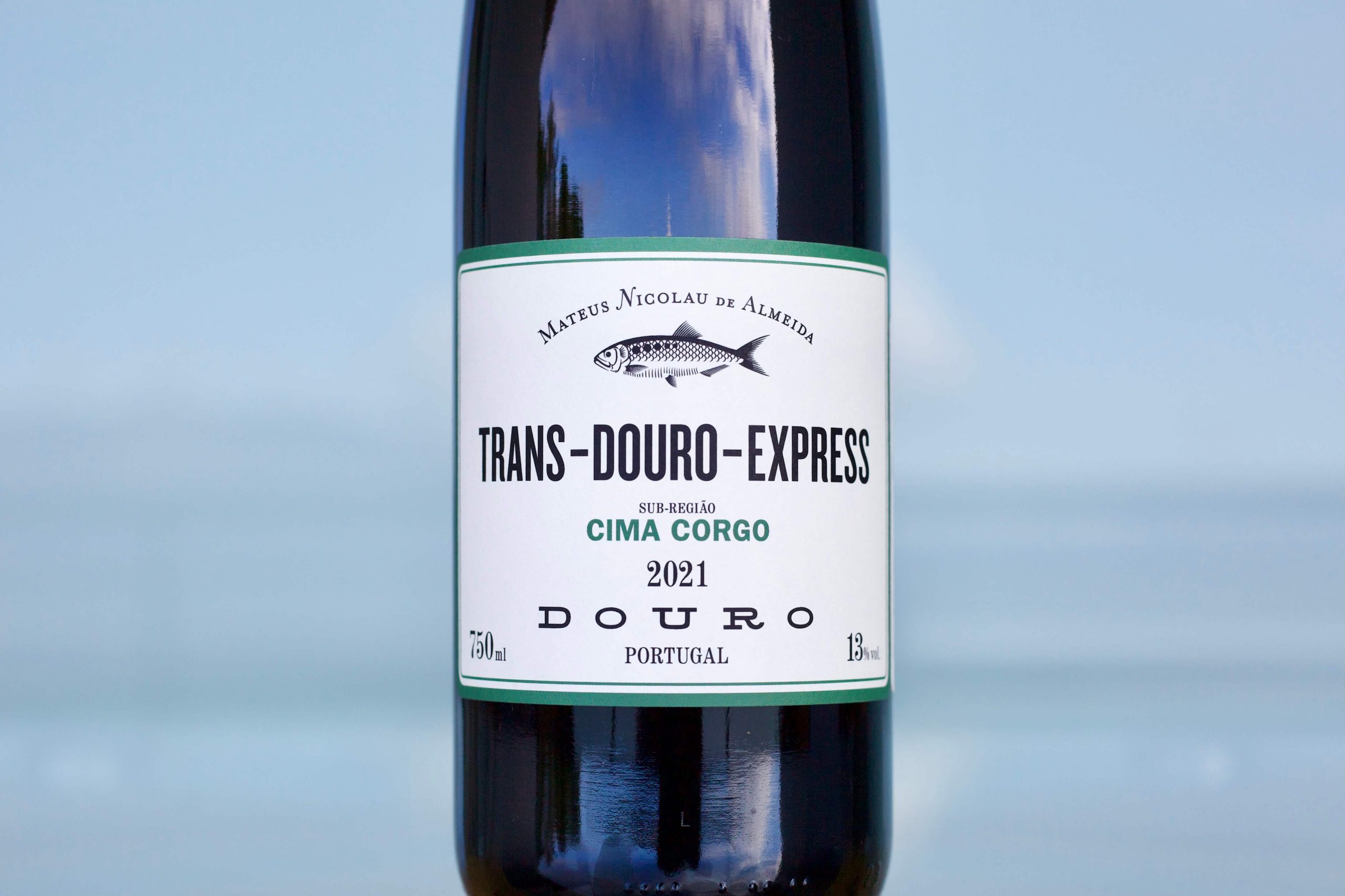

The fish on the label—a unique wine logo—is representative of the Allis Shad (known as Alosa Alosa, in Latin, and Sável in Portuguese), part of the herring family. This fish was once able to work its way back into the Douro and beyond until the closure of the river by the fifteen dams that now stop the free flow.
As mentioned, the Trans-Douro-Express are “climate” wines, and are labeled based on the sub-regiões, Baixo Corgo, Cima Corgo, and Douro Superior. They all come from vineyards of schist bedrock and variations of topsoil composition, mostly loam (clay and sand mixture) topsoil and are very poor with low water retention. The wines are a blend of more than ten varieties and crafted with the same basic processes in the cellar: all destemmed and spontaneously co-fermented in 4000L concrete vats. Extractions are gently done one time per day (maximum) with pumpovers, or pigeage by feet and hands for four to five days prior to pressing. They’re aged in the same concrete vats for eight months, racked a few times during aging, lightly filtered, and sometimes fined. Total sulfite levels range between 40-50 ppm(mg/L) with the first addition usually made prior to fermentation.
Between the three wines the climate and precipitation are evident. Of course, vintages will vary, but early experiences with young wines are that Baixo Corgo leads with a tight frame, iodine-heavy mineral nuances (particularly in the 2021), and rock and wild berry purple fruit quality. Cima Corgo similarly has iodine impressions present in the nose but also some level of reduction/mineral and rockiness in impression. The fruit components are also berry heavy, but those with the sense of cultivated and wild-picked. Douro Superior expresses more burnt earth mineral nuances, like hot iron. It’s not as tight as the others upon opening and expresses more savory fruits and food, with the 2021 showing chestnut, persimmon, red apple skin. Its earthiness seems more dirt than rock.
Curral Teles Tinto “Alpha” is done with whole-cluster foot-stomping inside an open-top, shallow granite calcatorium (lagar) for three hours and then slowly pressed in a vertical press. The juice is fermented and aged in 4000L concrete vats for eight months.
Eremitas Branco “Amon de Kelia” comes from gray schist with quartz at 500m altitude and is made exclusively of Rabigato, an intense white with very good levels of acidity. Whole clusters are foot-stomped inside an open-top, shallow granite calcatorium (lagar) for three hours and then slowly pressed in a vertical press. The juice is fermented for seven or eight days followed by aging in 4000L concrete vats for eight months. The wine does not go through malolactic fermentation, therefore the wine is filtered prior to bottling and sometimes fined.
Mateus Nicolau de Almeida - 2021 Trans-Douro-Express, Cima Corgo, Tinto
Out of stock

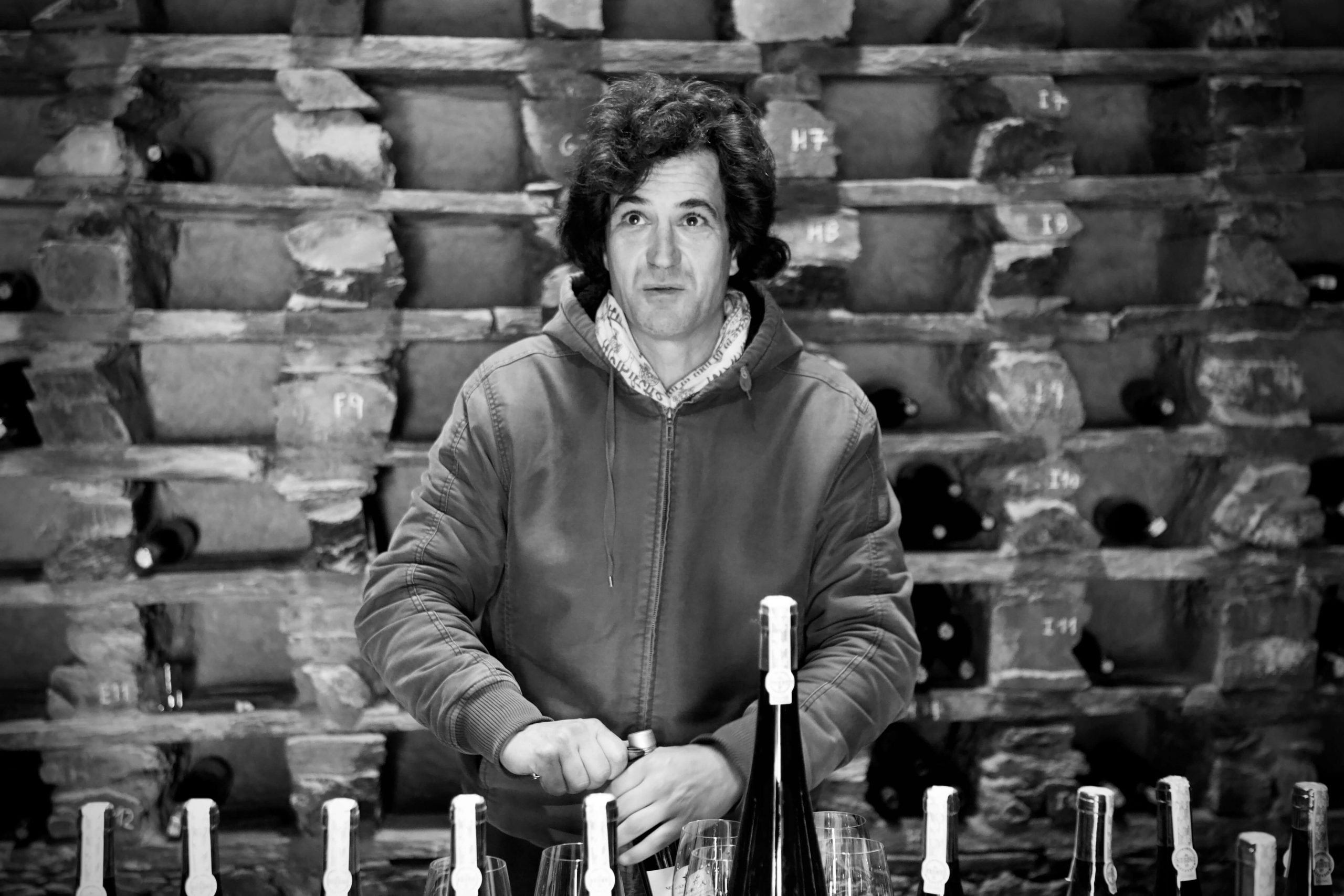
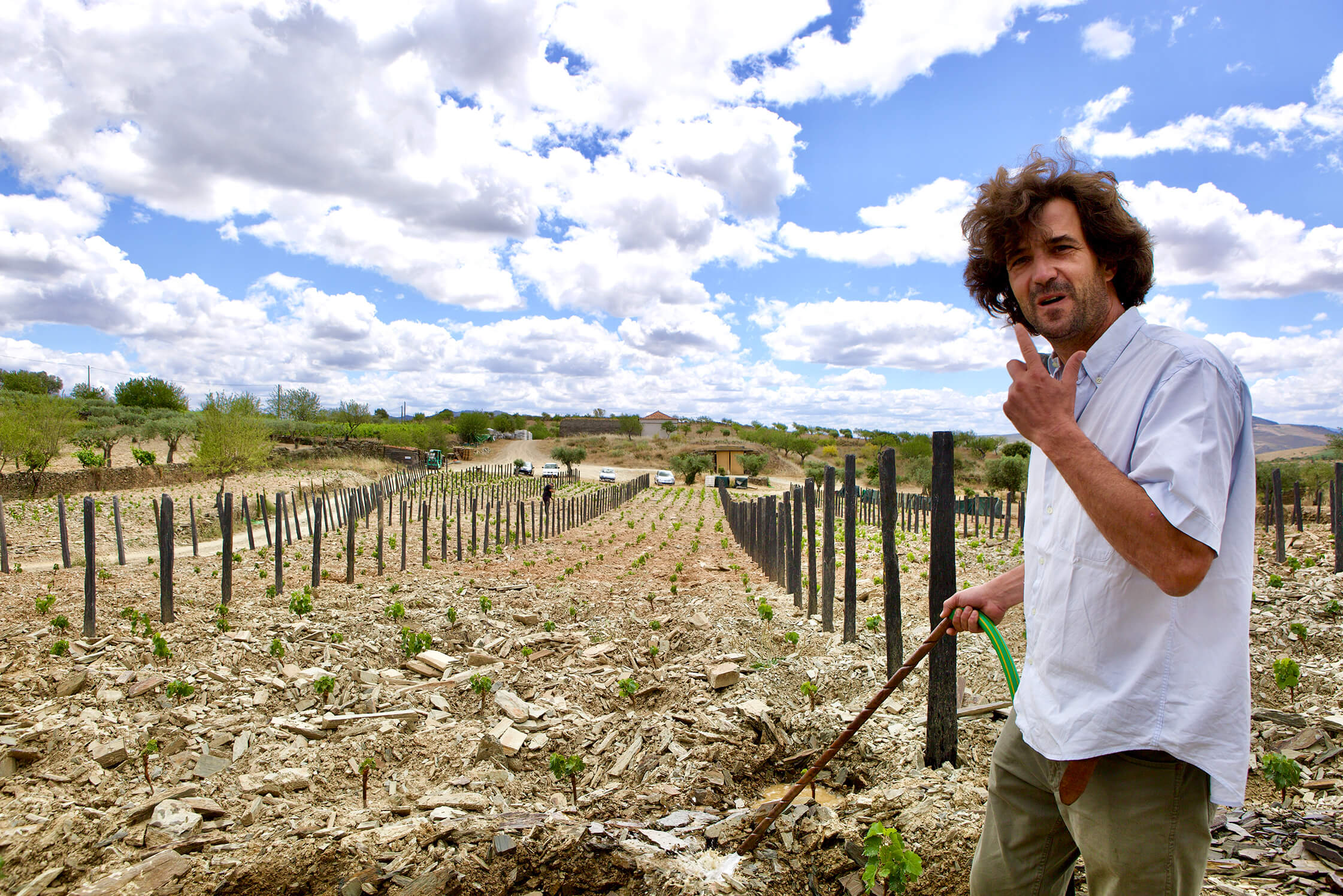
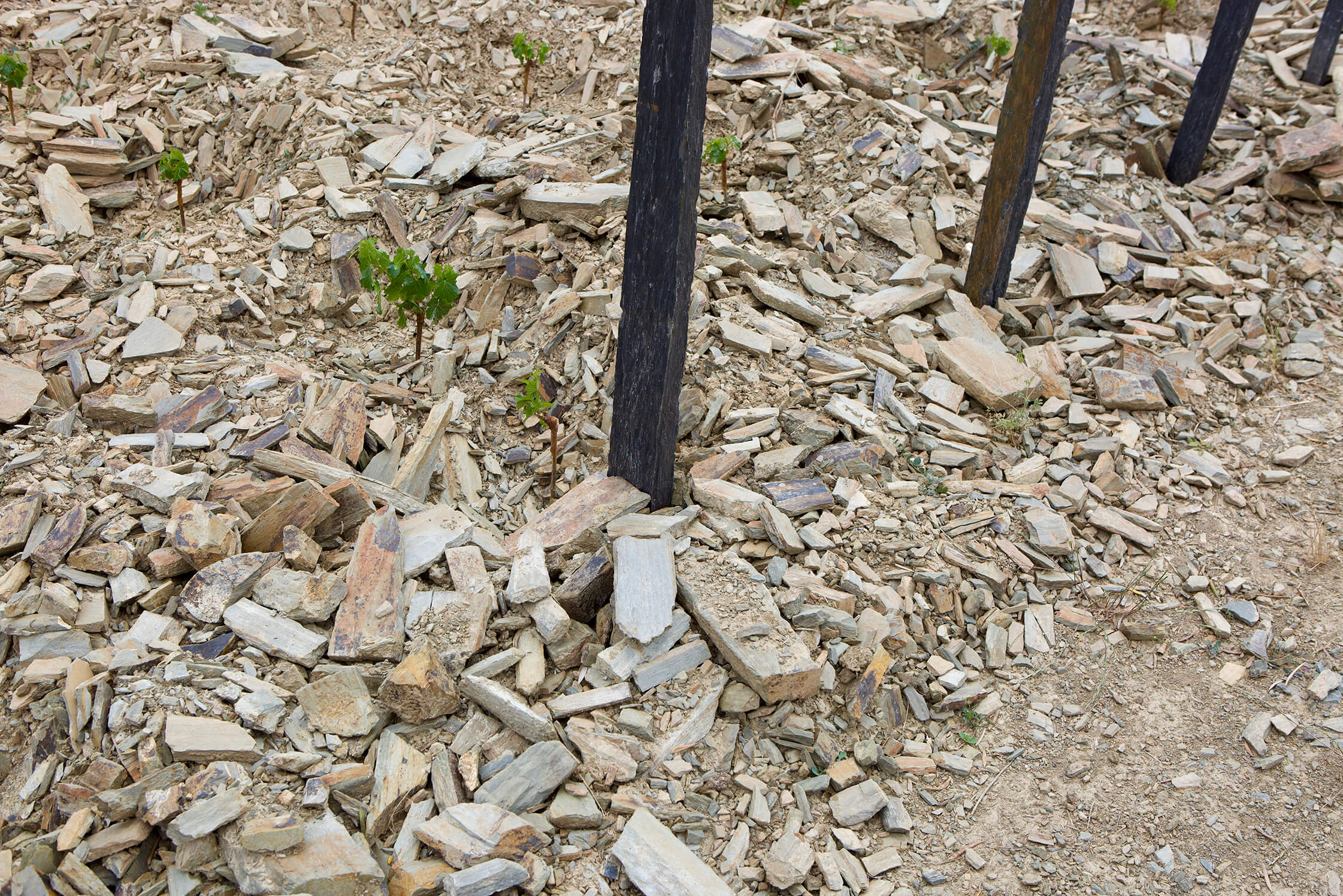
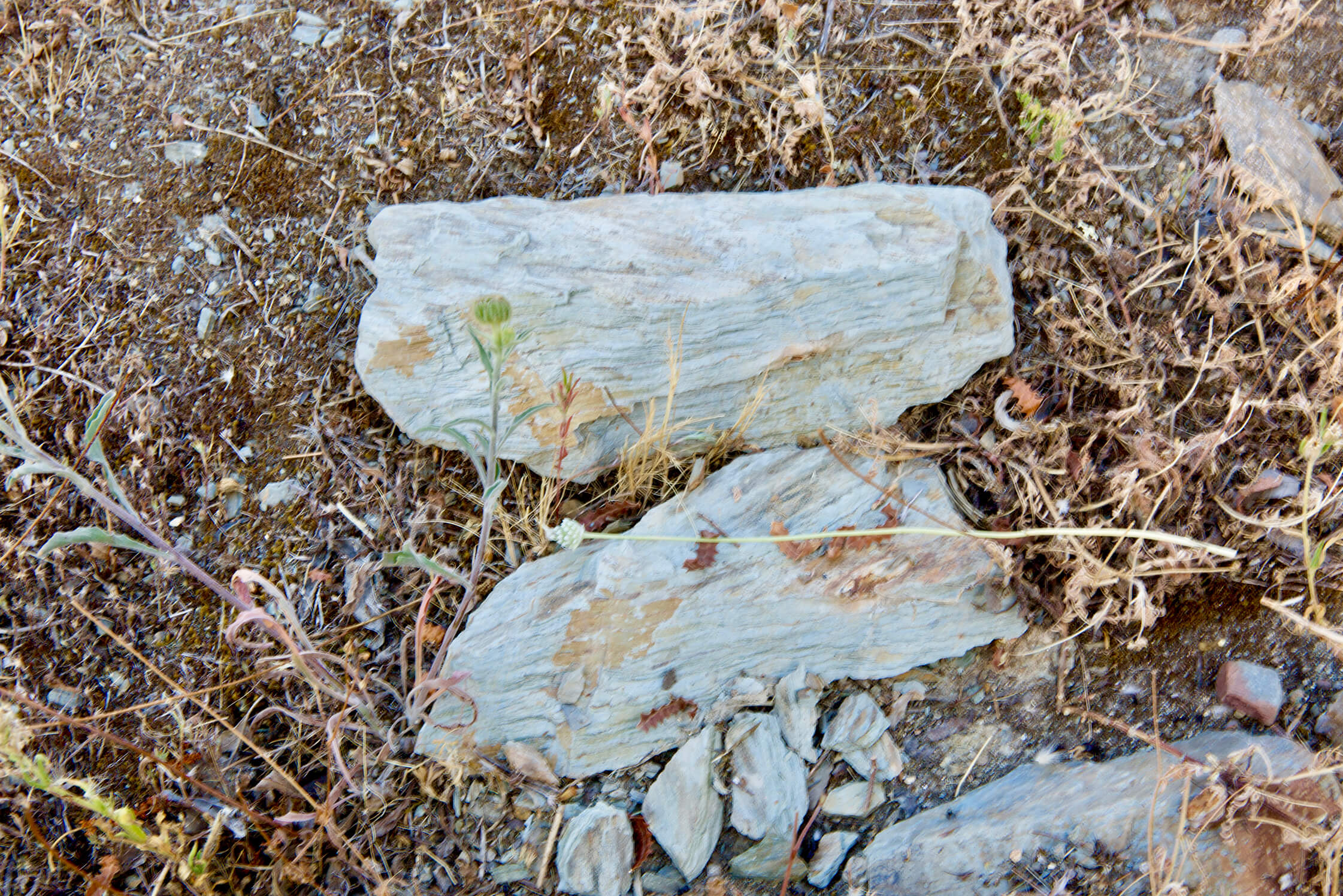
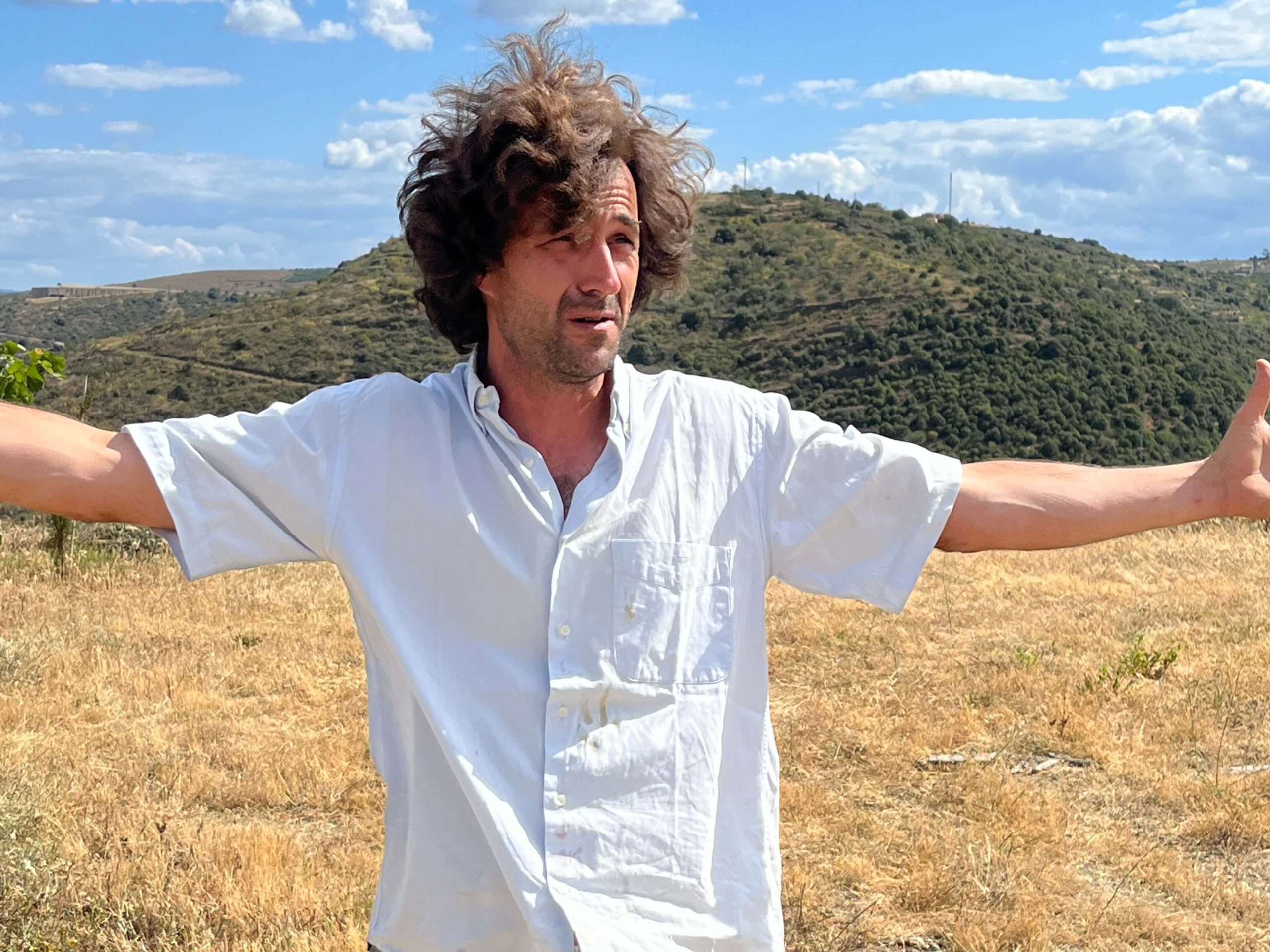
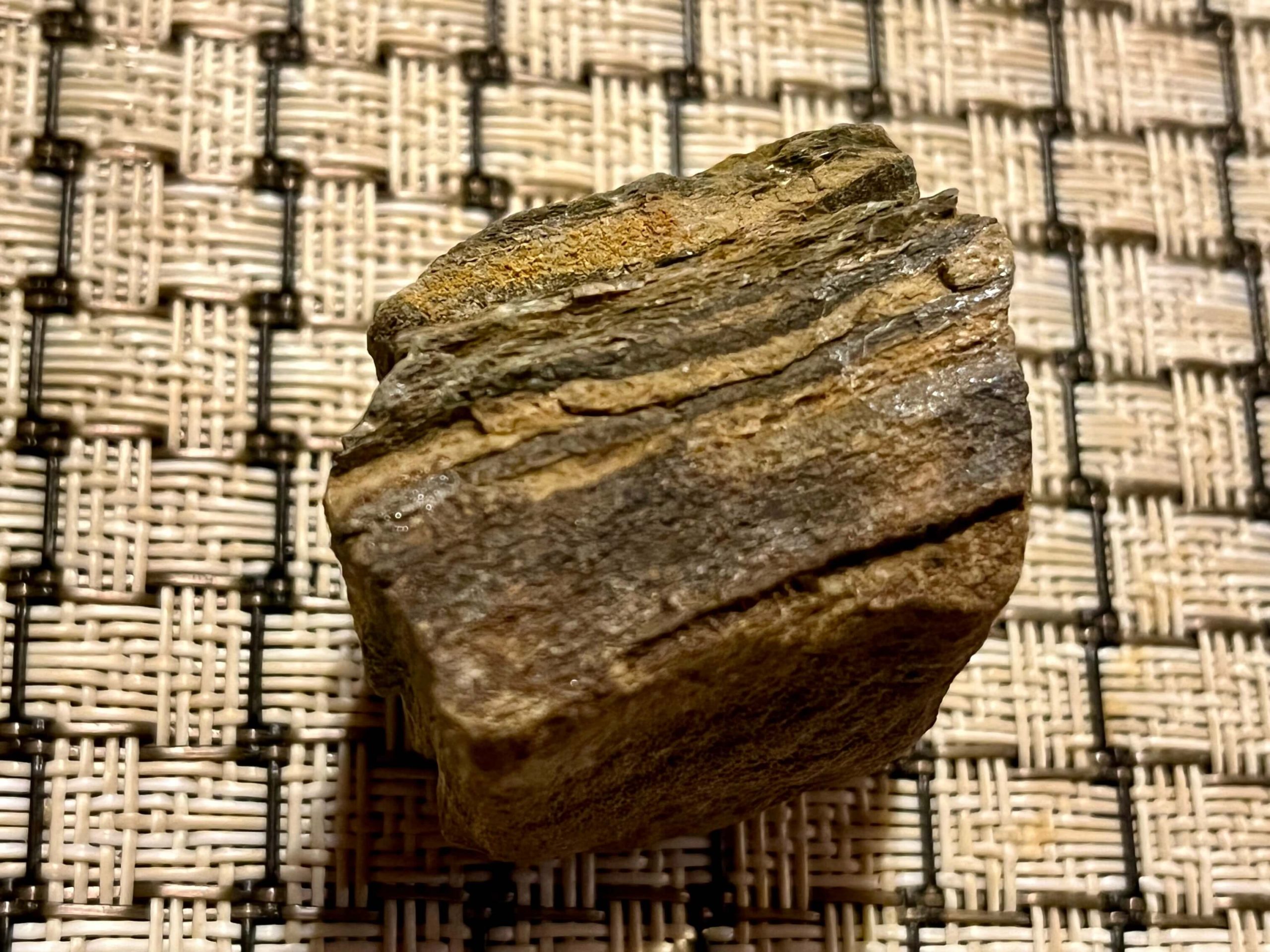
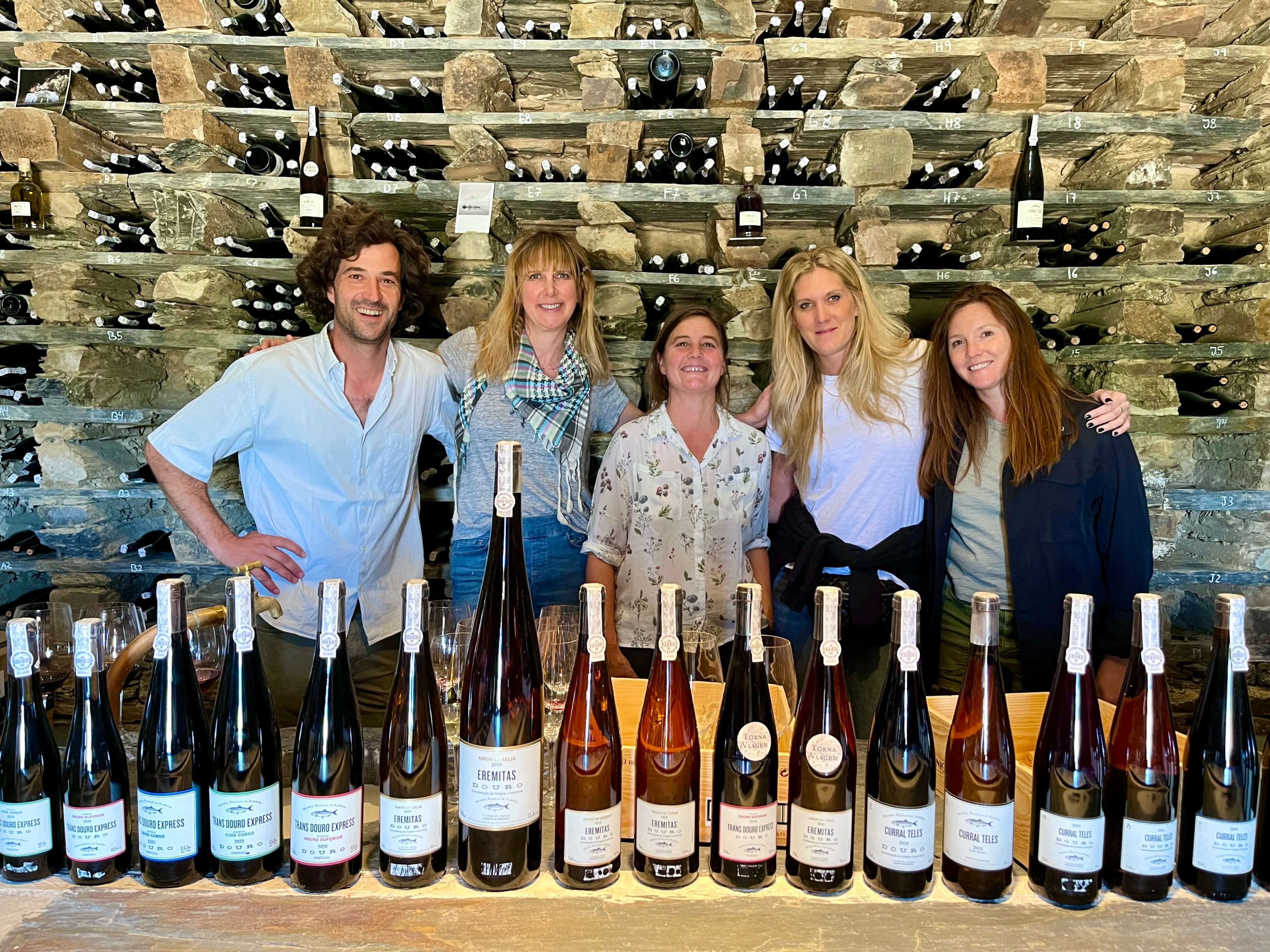
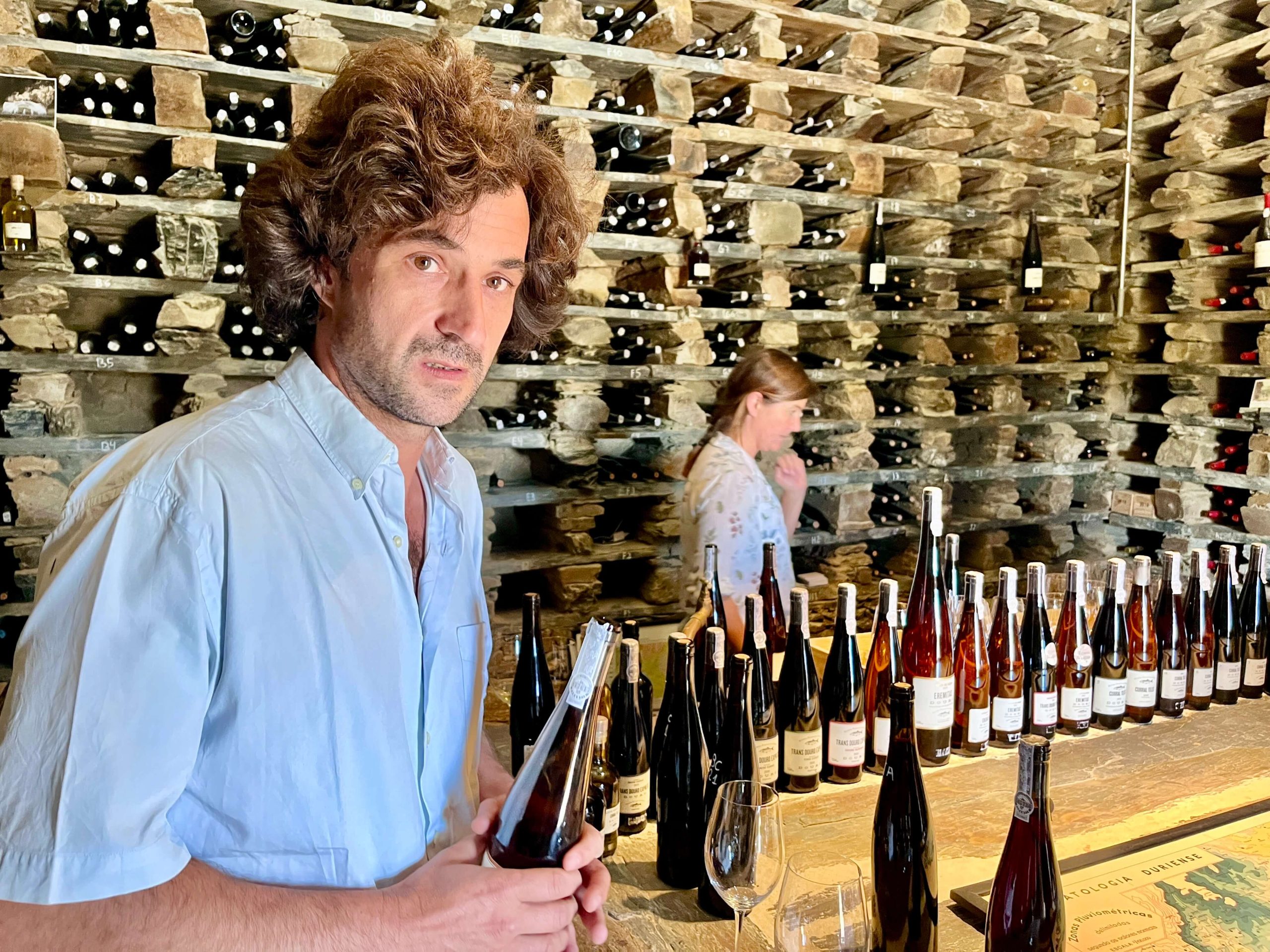
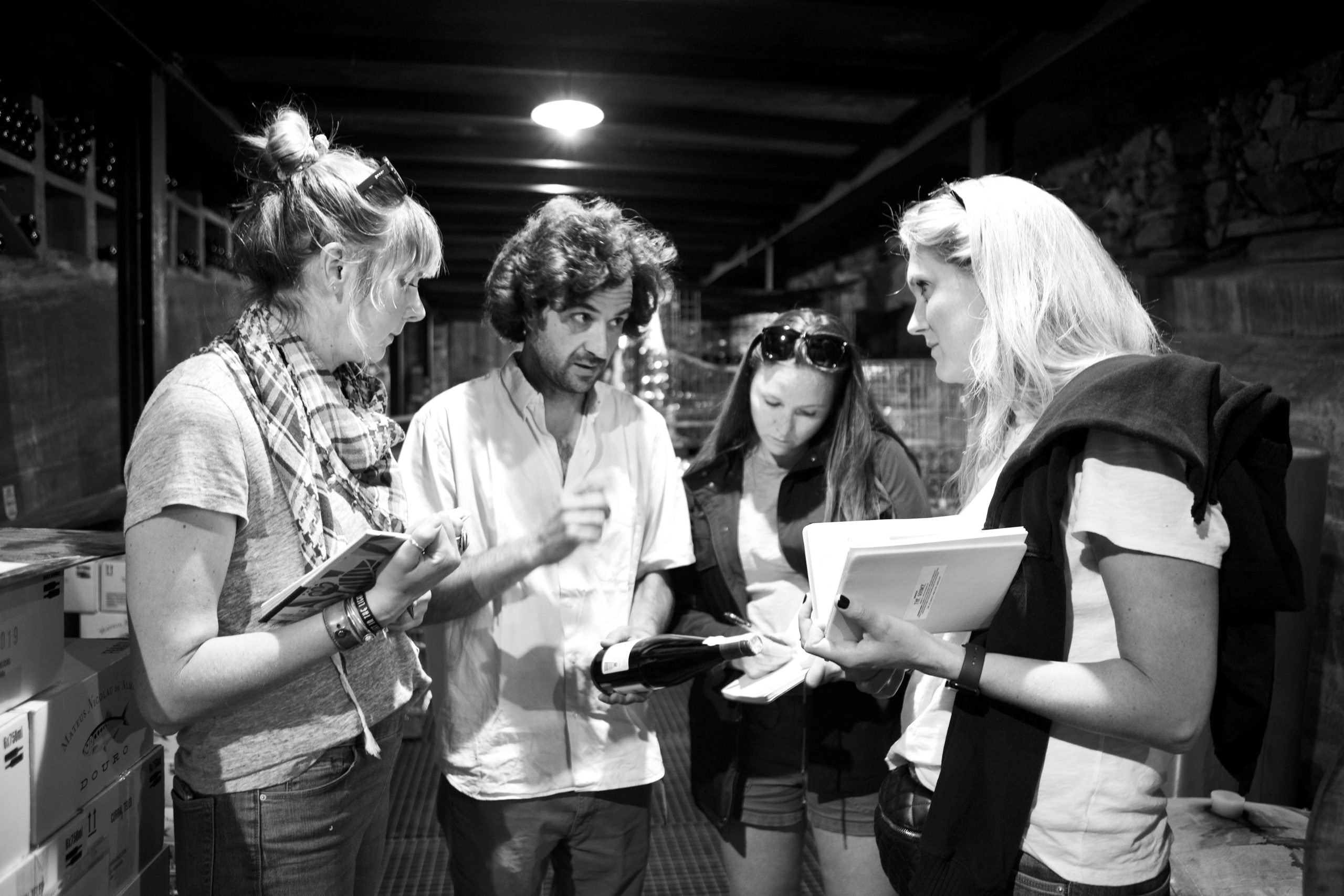
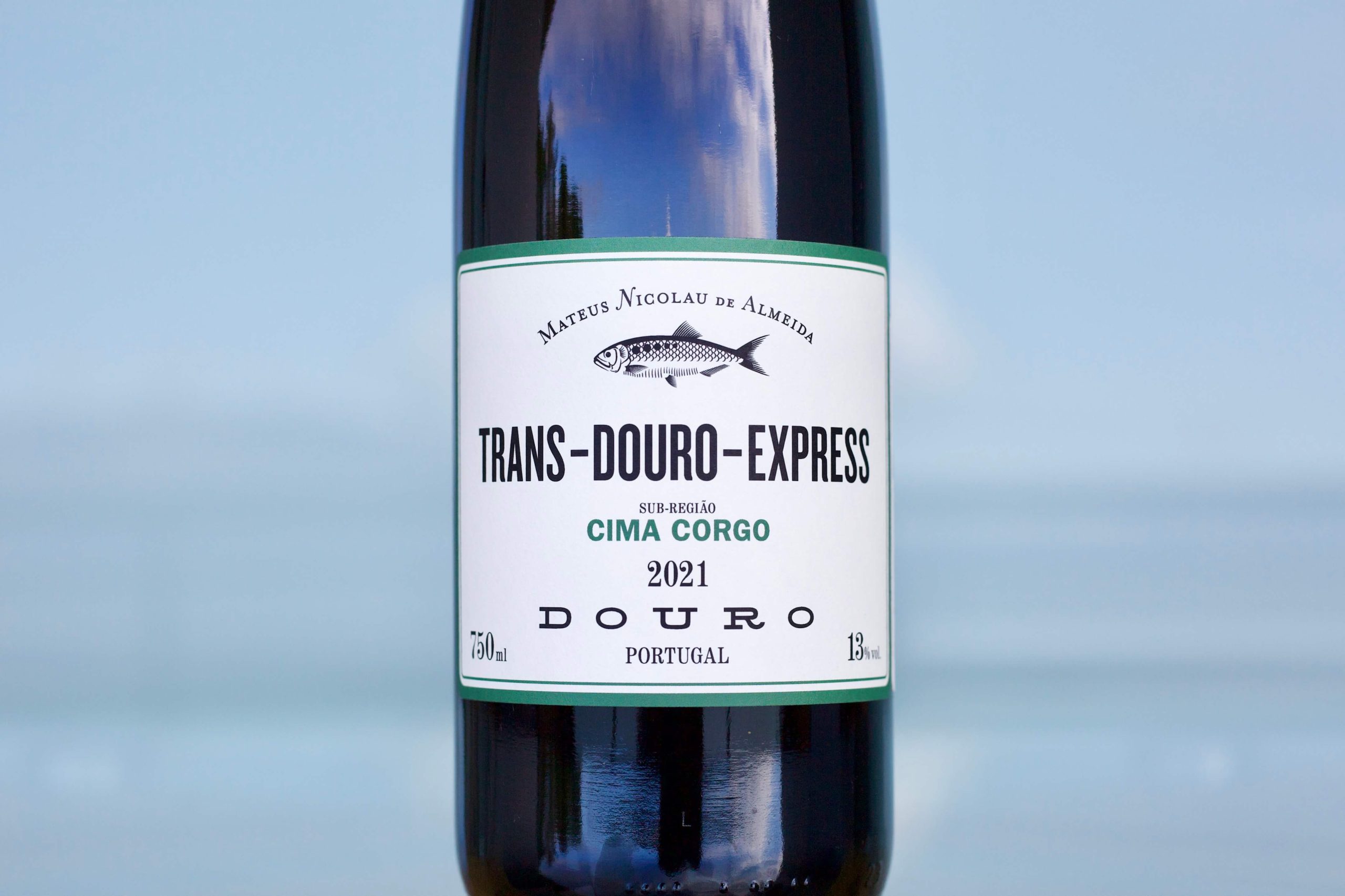
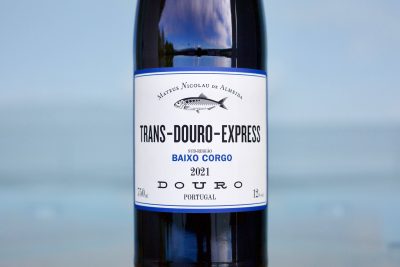 Mateus Nicolau de Almeida
Mateus Nicolau de Almeida
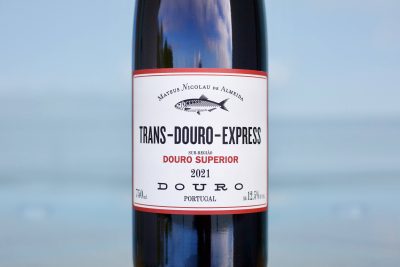 Mateus Nicolau de Almeida
Mateus Nicolau de Almeida
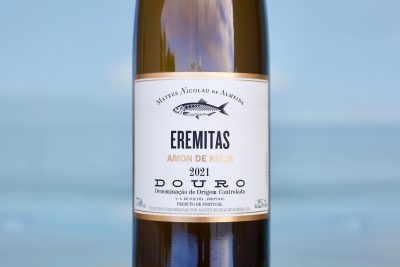 Mateus Nicolau de Almeida
Mateus Nicolau de Almeida
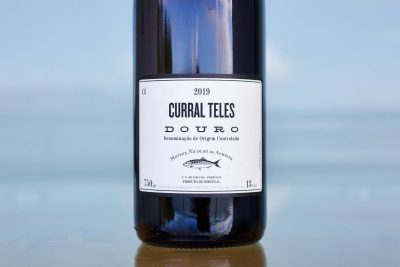 Mateus Nicolau de Almeida
Mateus Nicolau de Almeida
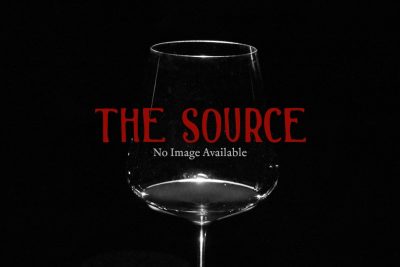
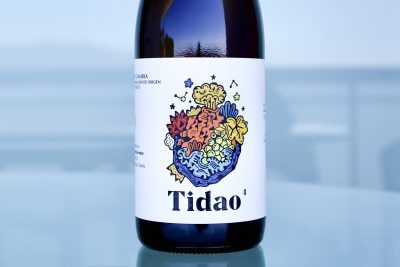

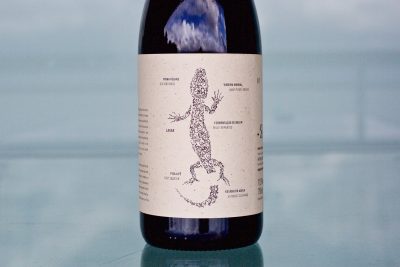
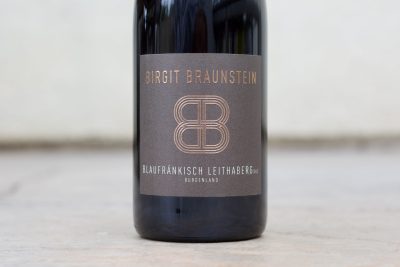
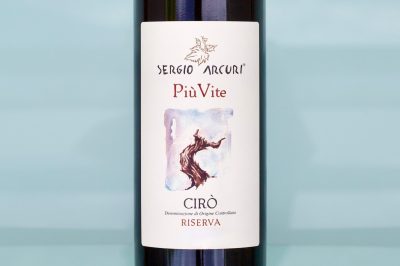 Sergio Arcuri
Sergio Arcuri
